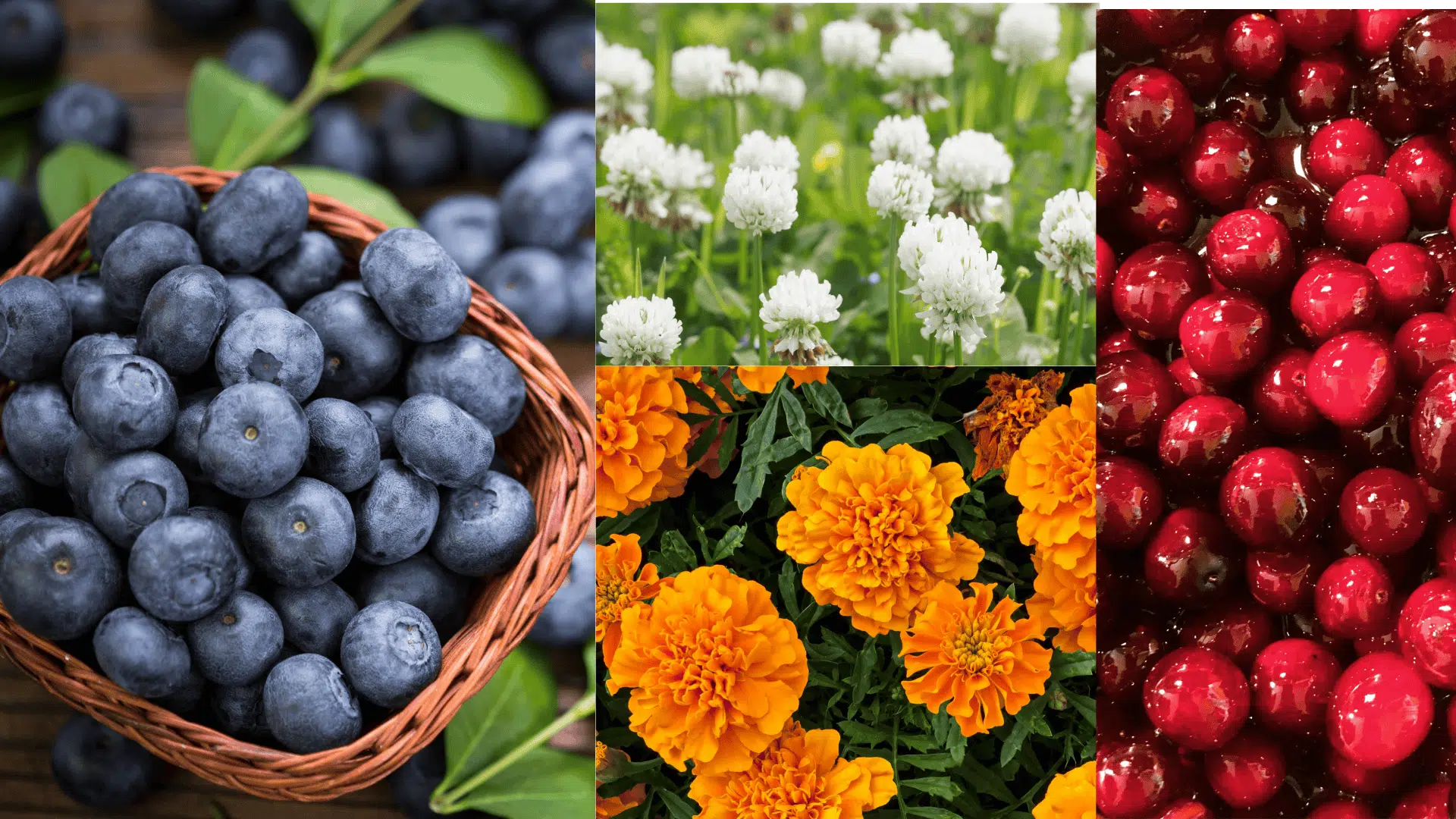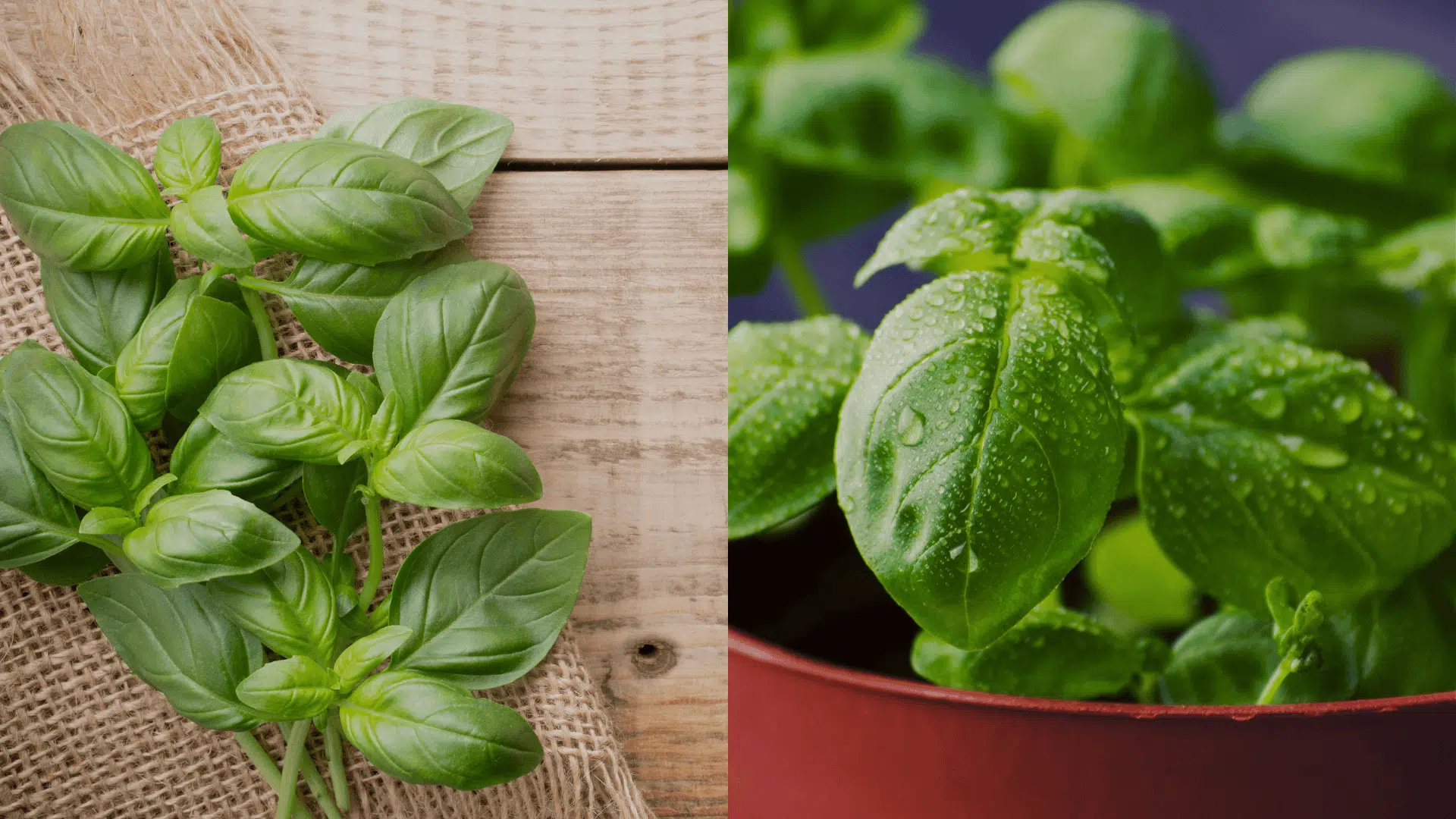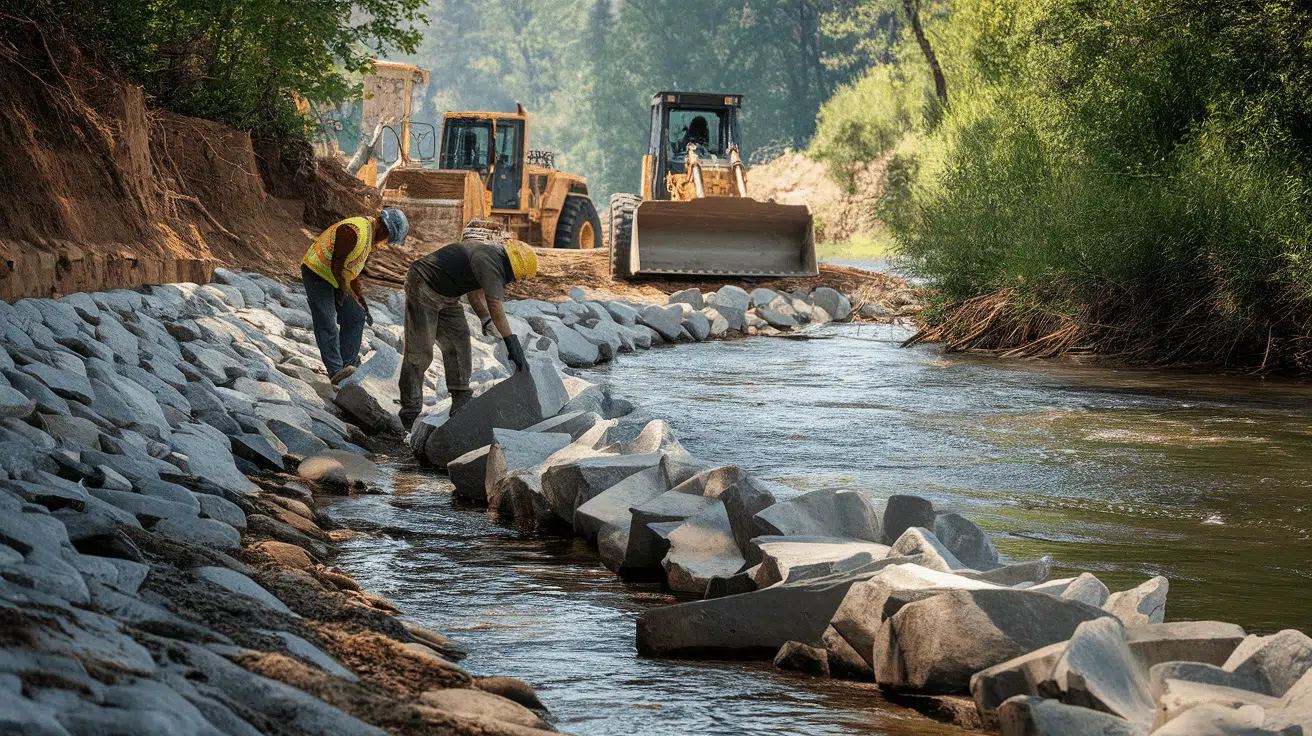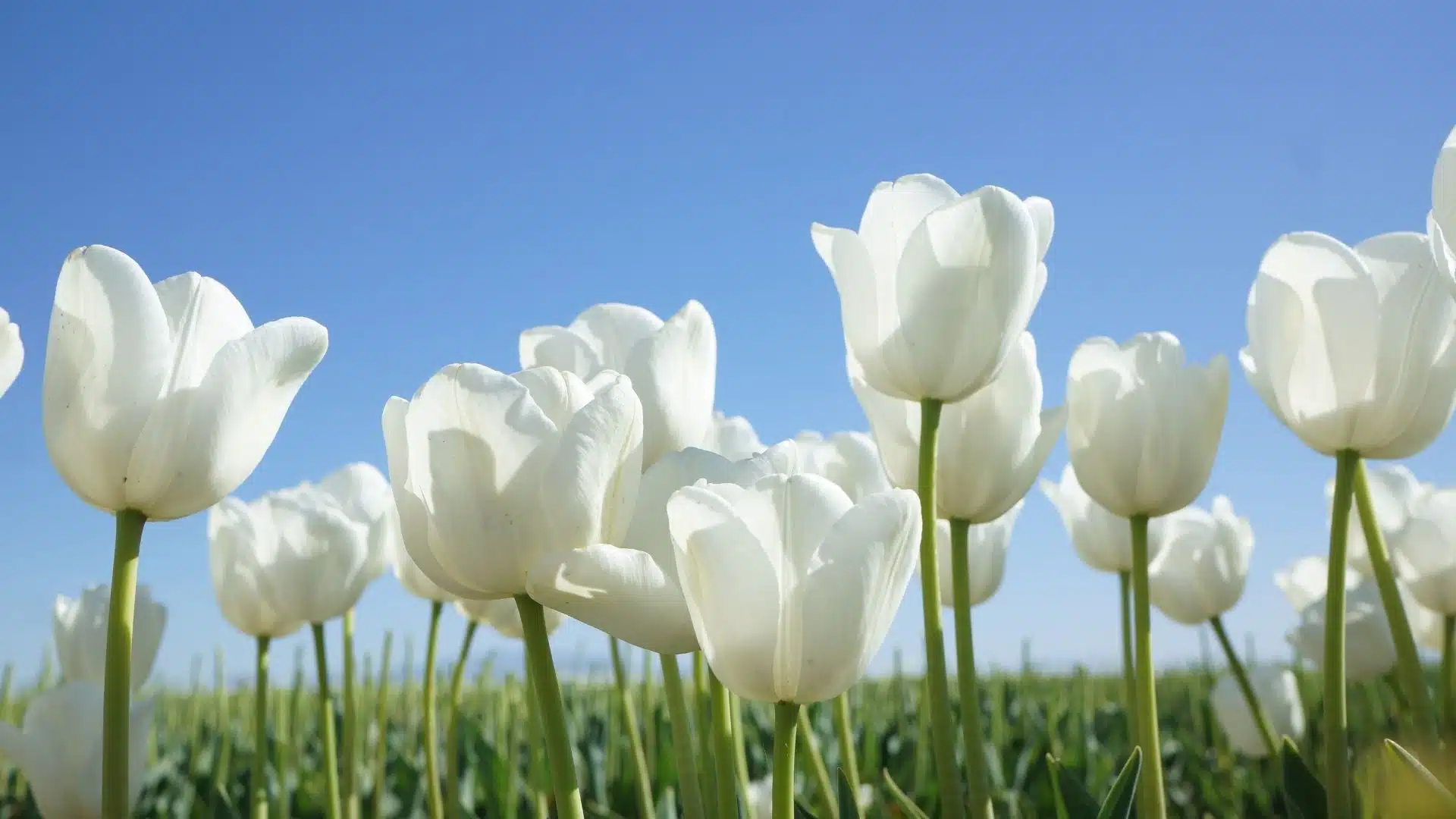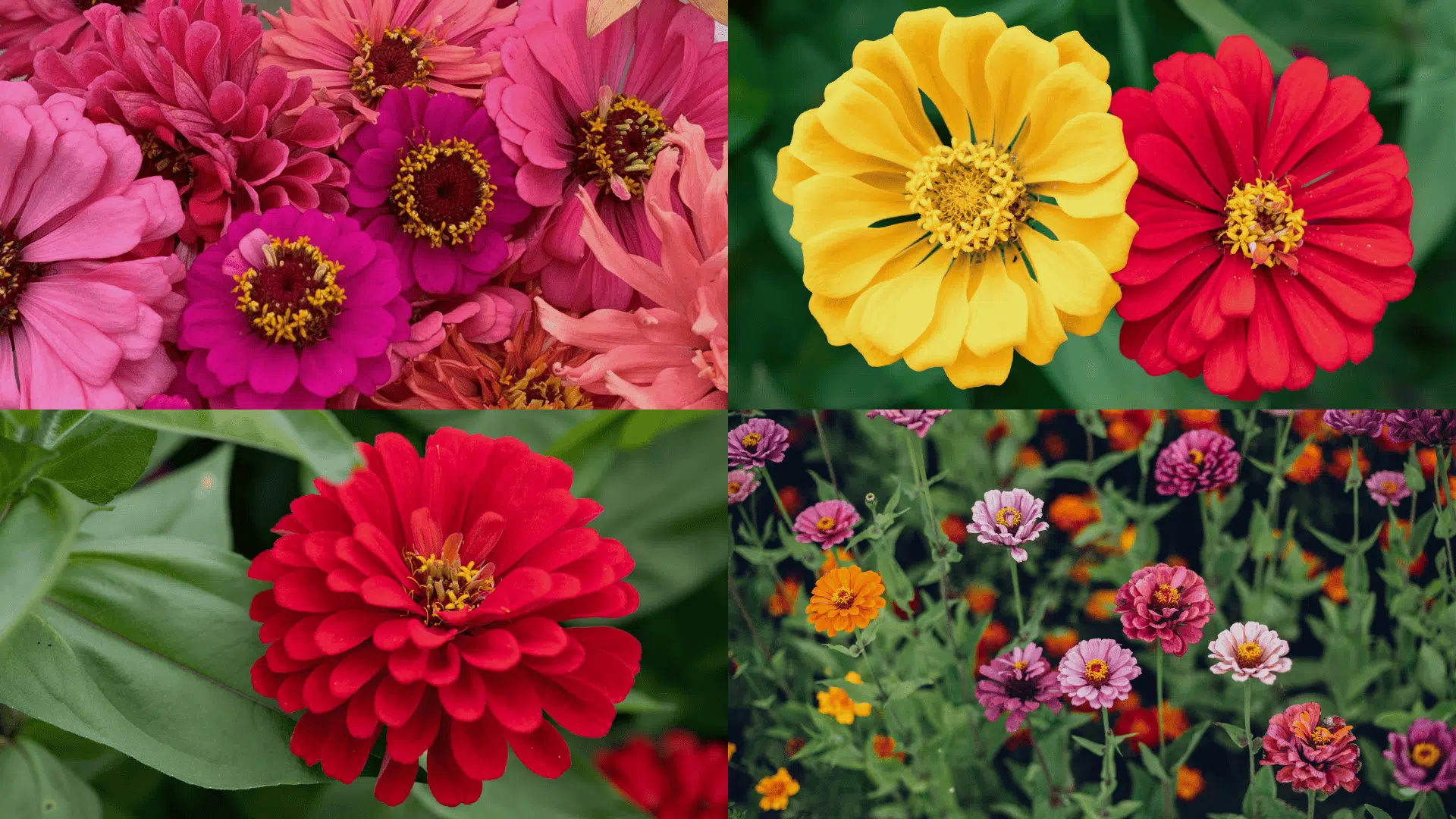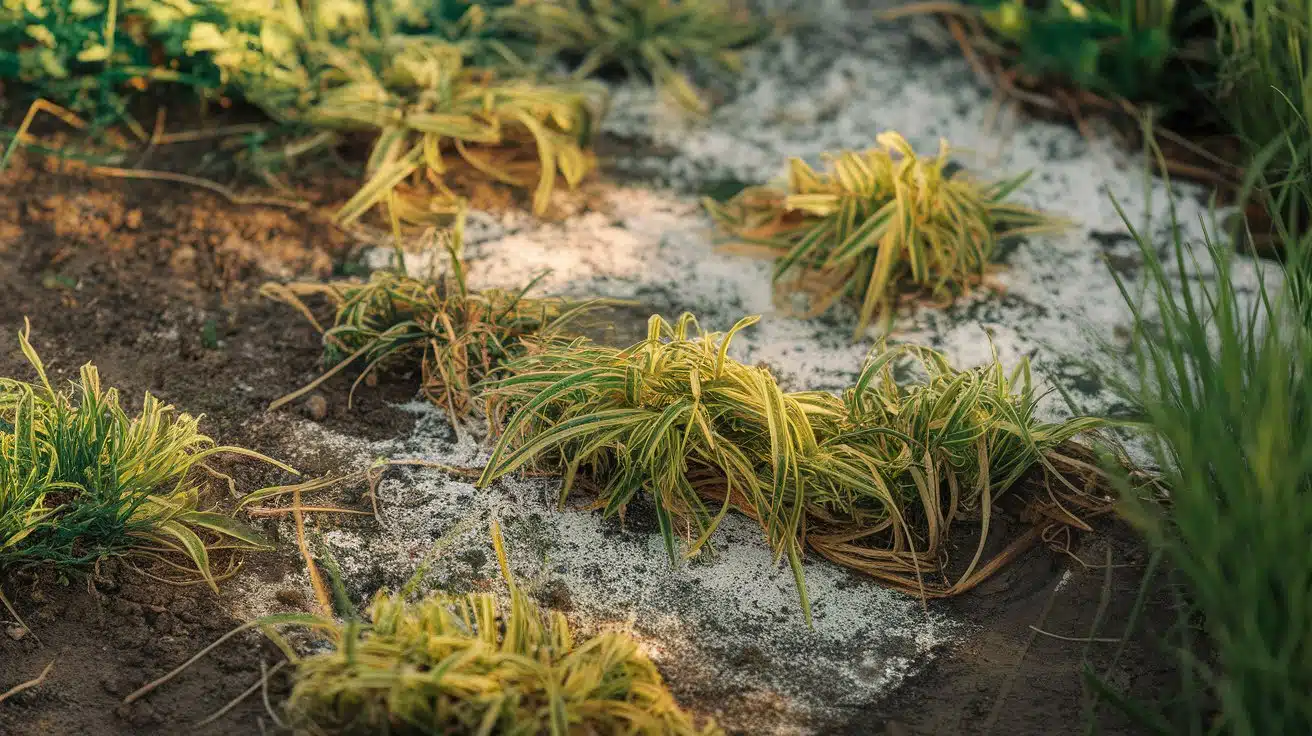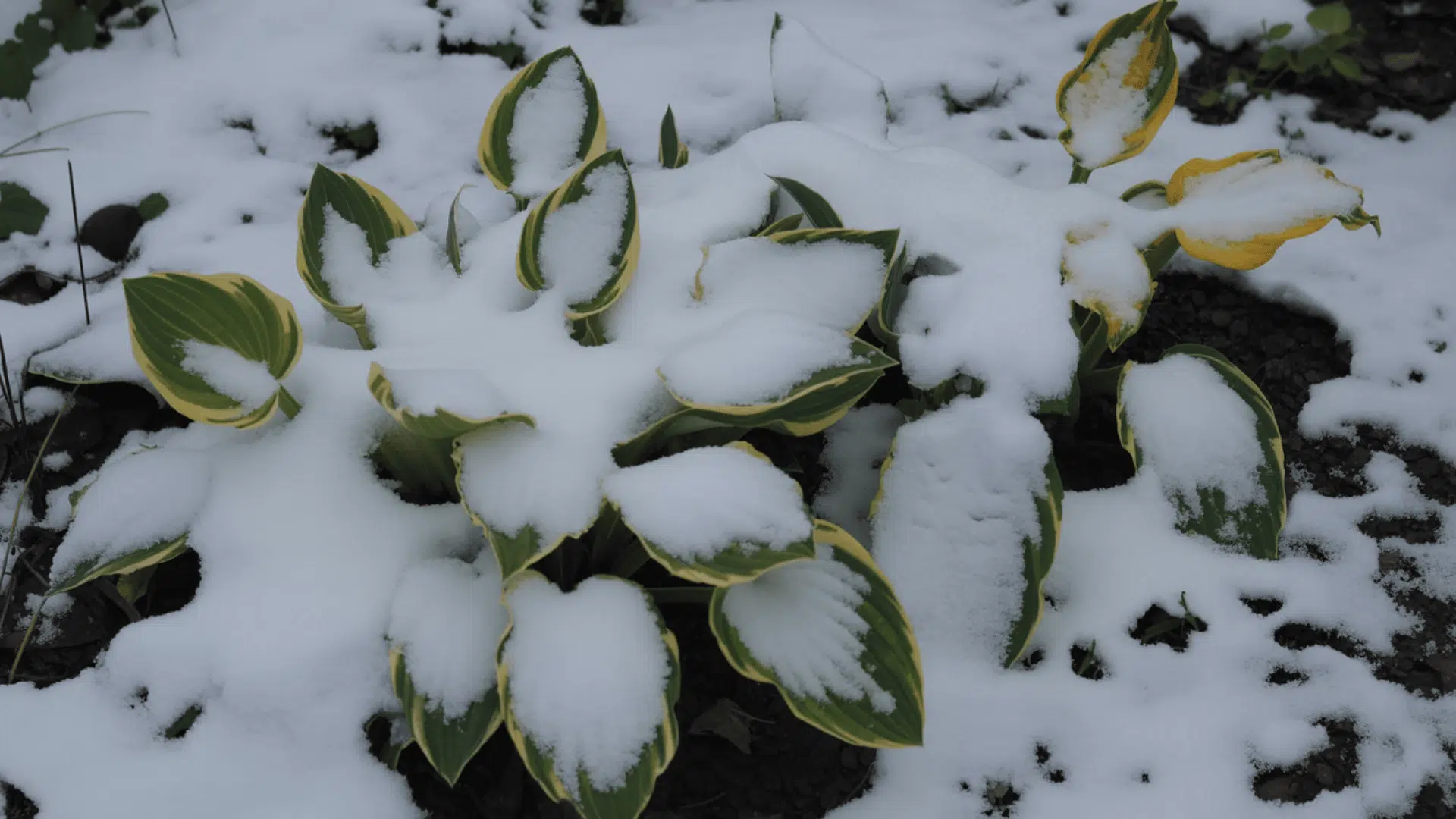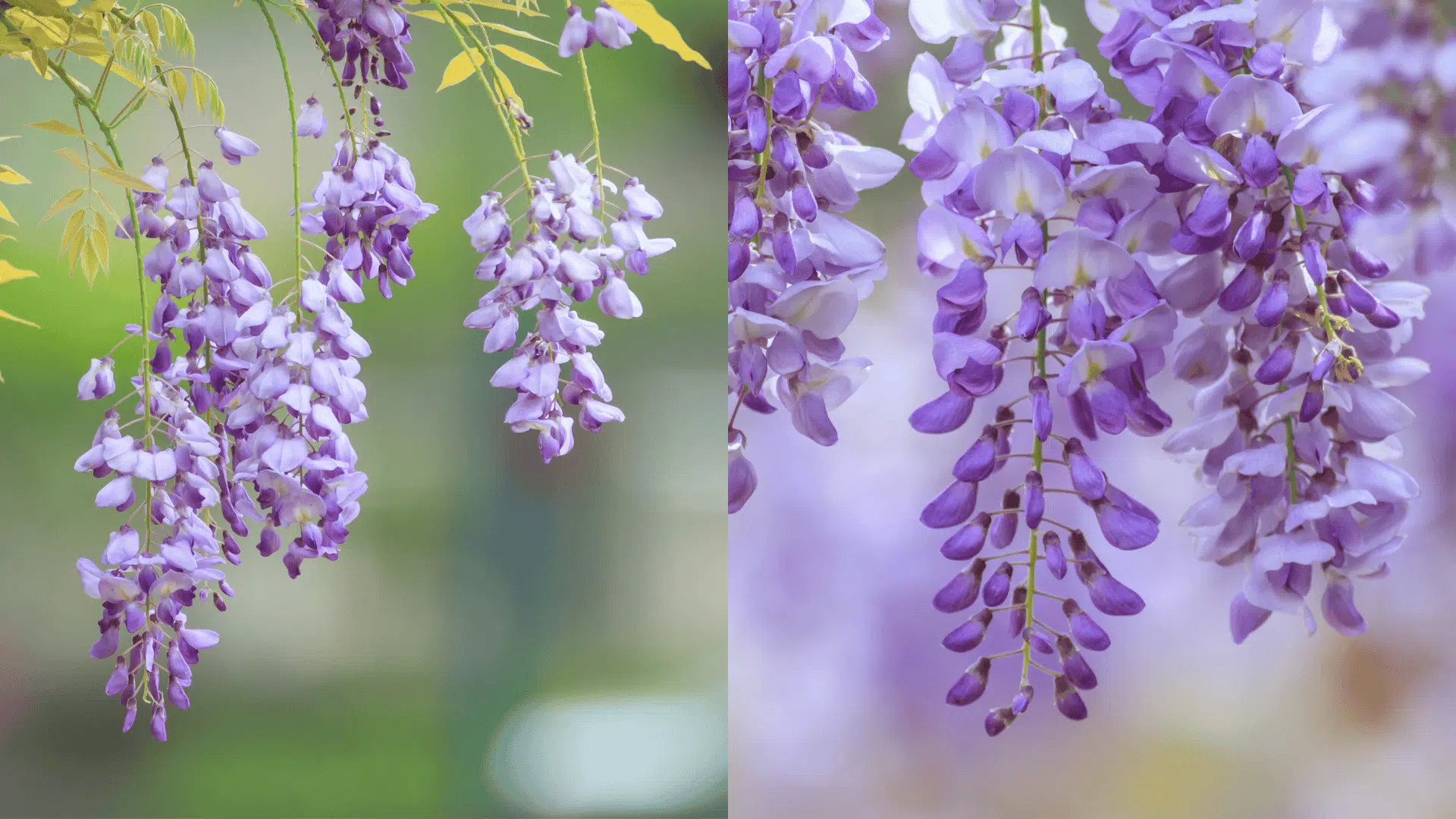Want bigger, healthier blueberry harvests without extra work?
It all comes down to choosing the right plant neighbors.
Blueberries love acidic soil with a pH between 4.5 and 5.5, and certain companions share this preference while bringing extra benefits to your garden.
Good companions attract pollinators during spring blooming, naturally repel pests, keep soil moist, and help your plants grow stronger together.
Here are some of the best blueberry companion plants that will help your bushes produce more fruit while keeping your garden healthy and balanced.
Understanding Blueberry Growing Requirements
Blueberries have shallow root systems that need consistent moisture without getting waterlogged.
They depend heavily on pollinators for fruit production, with most varieties requiring cross-pollination from nearby plants.
The right companion plants help by attracting pollinators, repelling pests, and keeping soil moist without competing for nutrients which you will find in the list below.
The 15 Best Blueberry Companion Plants
These plants mentioned below share blueberries’ love for acidic soil while providing benefits like pest control, pollination support, and natural ground cover.
Each one plays a specific role in creating a healthier, more productive blueberry patch.
1. Mint
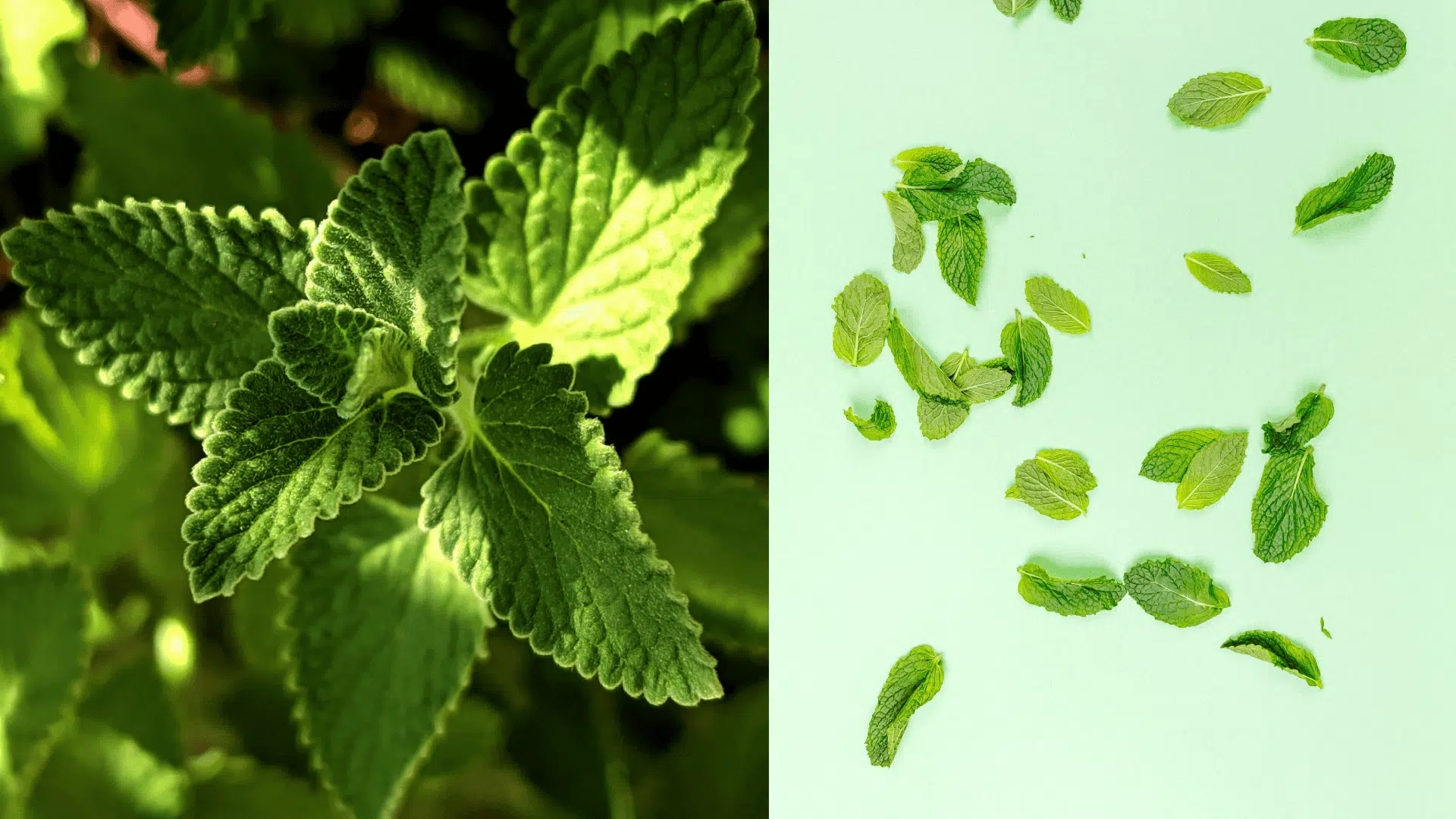
Mint works as an effective pest deterrent while drawing in beneficial pollinators.
Its strong scent confuses many insects that would otherwise target your blueberries.
However, mint spreads aggressively, so consider planting it in containers near your blueberry bushes rather than directly in the ground.
| Quick Facts About Mint |
| USDA Zones: 3-11 |
| Light: Full sun to partial shade |
| Best For: Pest control and attracting pollinators |
2. Cranberry
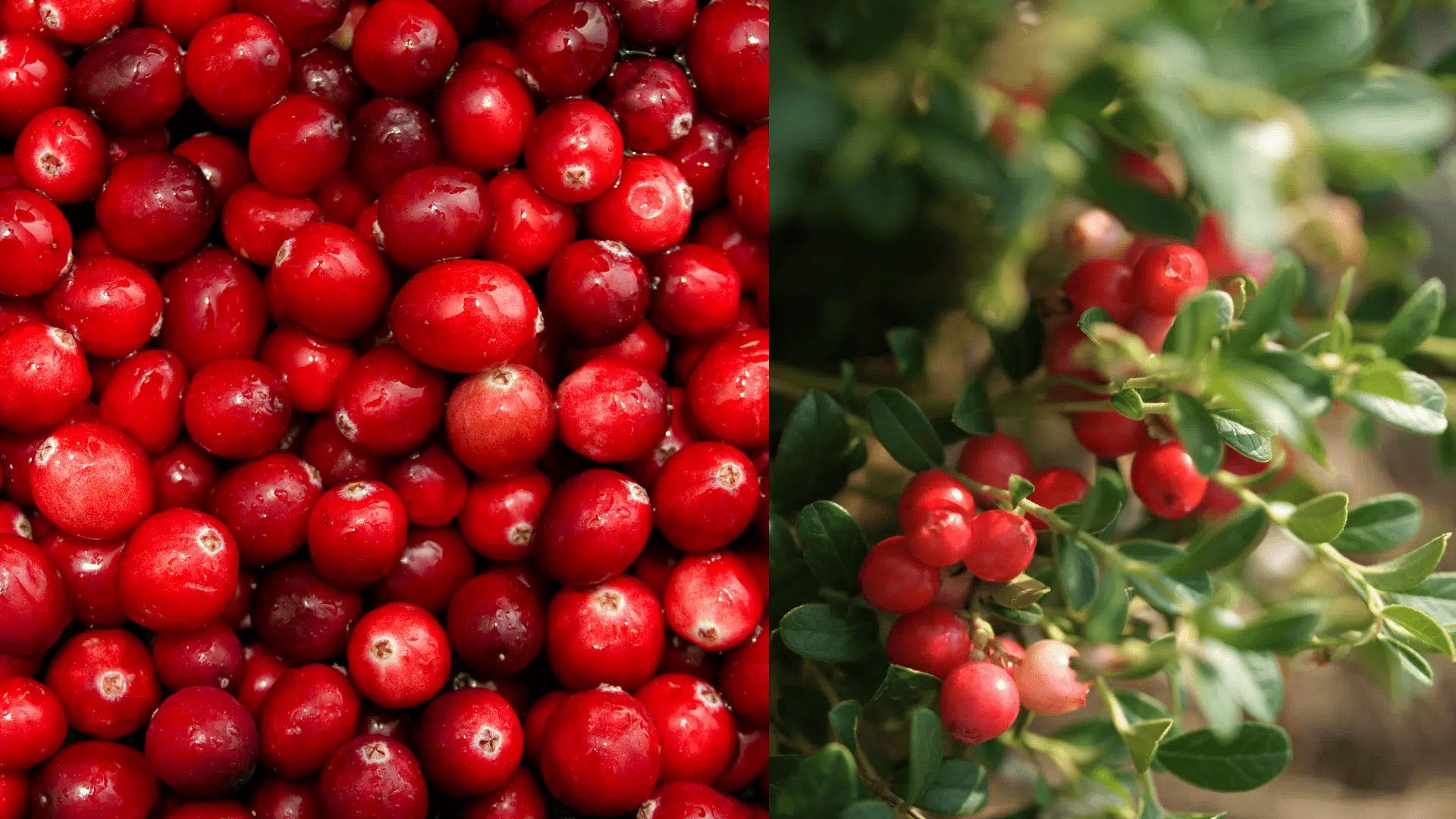
Cranberries make perfect neighbors for blueberries since they require identical growing conditions.
Both prefer acidic, moist soil and similar nutrient profiles.
This pairing creates a visually appealing berry patch while maximizing your harvest from a single growing area.
If you have a naturally damp area in your garden or near a water source, this combination works brilliantly.
| Quick Facts About Cranberry |
| USDA Zones: 2-7 |
| Light: Full sun |
| Best For: Dual berry harvest with identical soil needs |
3. Borage
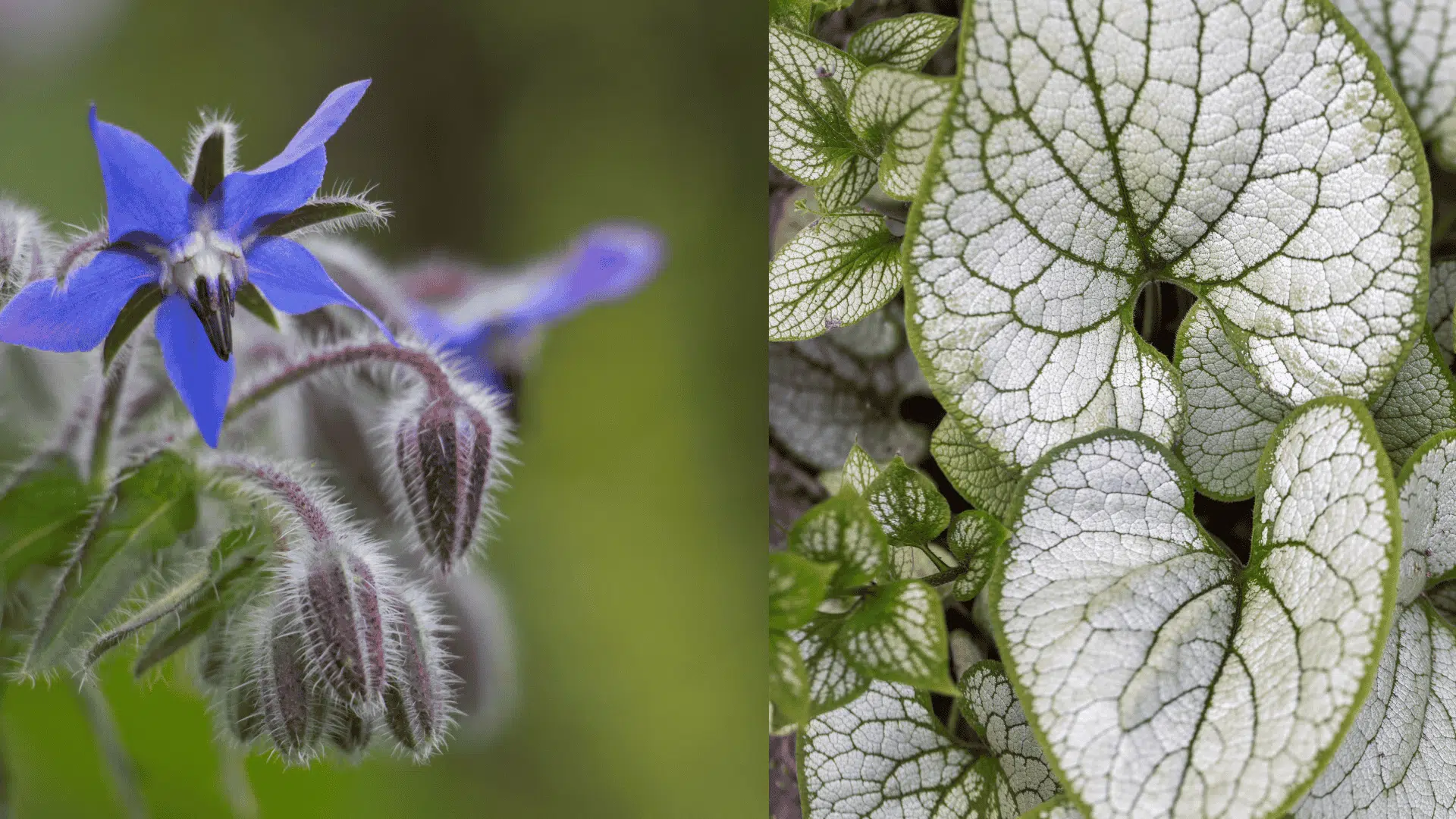
This herb draws beneficial insects like bees and predatory wasps to your garden.
Borage flowers provide nectar for pollinators and help improve soil structure as the plant breaks down.
The blue star-shaped flowers also add beauty to your blueberry patch.
Borage is incredibly easy to grow and often self-seeds year after year.
| Quick Facts About Borage |
| USDA Zones: 2-11 |
| Light: Full sun to partial shade |
| Best For: Attracting beneficial insects and soil enrichment |
4. Sage
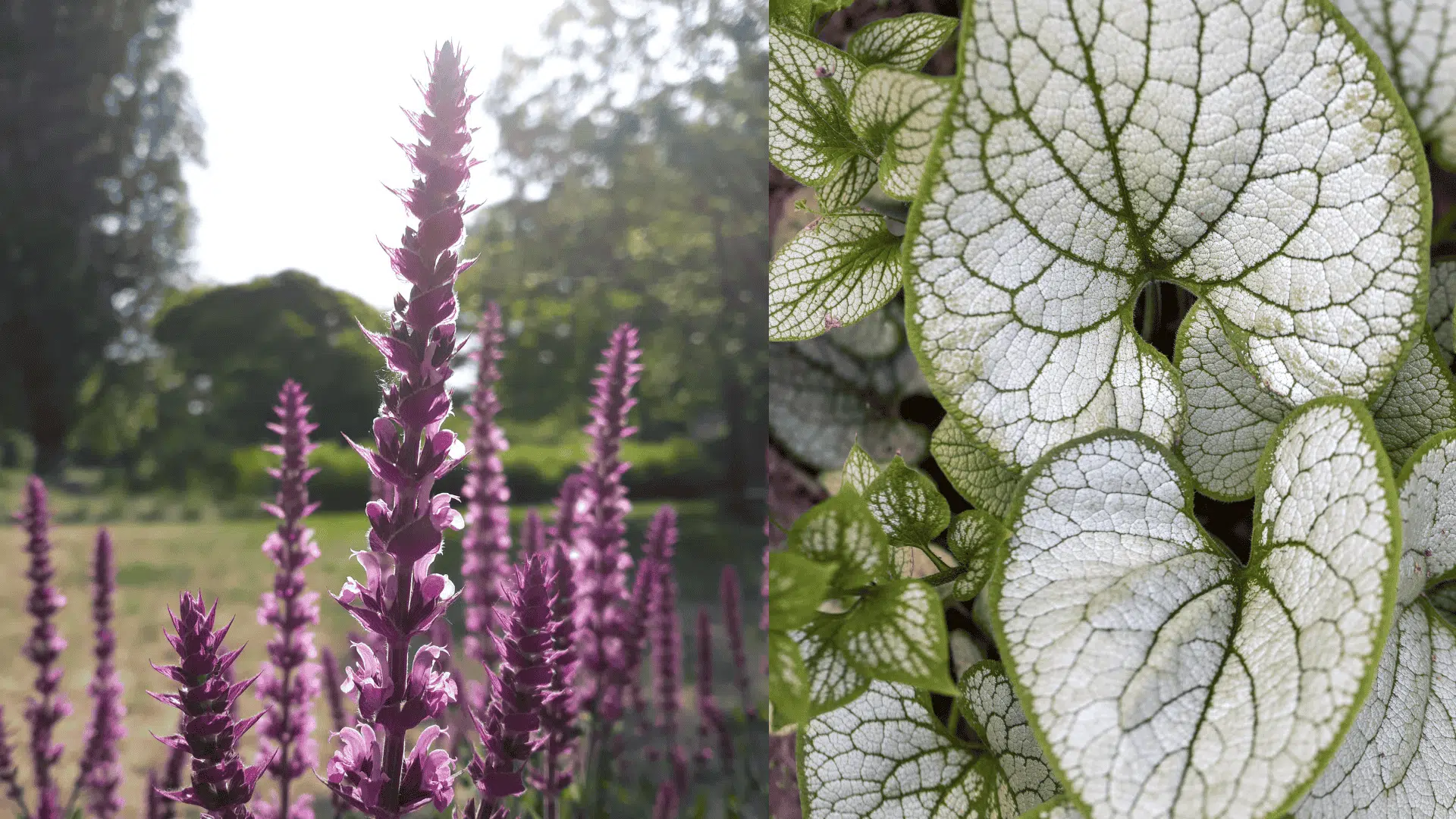
Sage releases aromatic compounds that many pests find unpleasant.
This hardy herb requires minimal care once established and tolerates the acidic conditions near blueberries reasonably well.
Plant it along the edges of your blueberry bed for best results.
| Quick Facts About Sage |
| USDA Zones: 4-8 |
| Light: Full sun |
| Best For: Aromatic pest deterrent |
5. Ferns
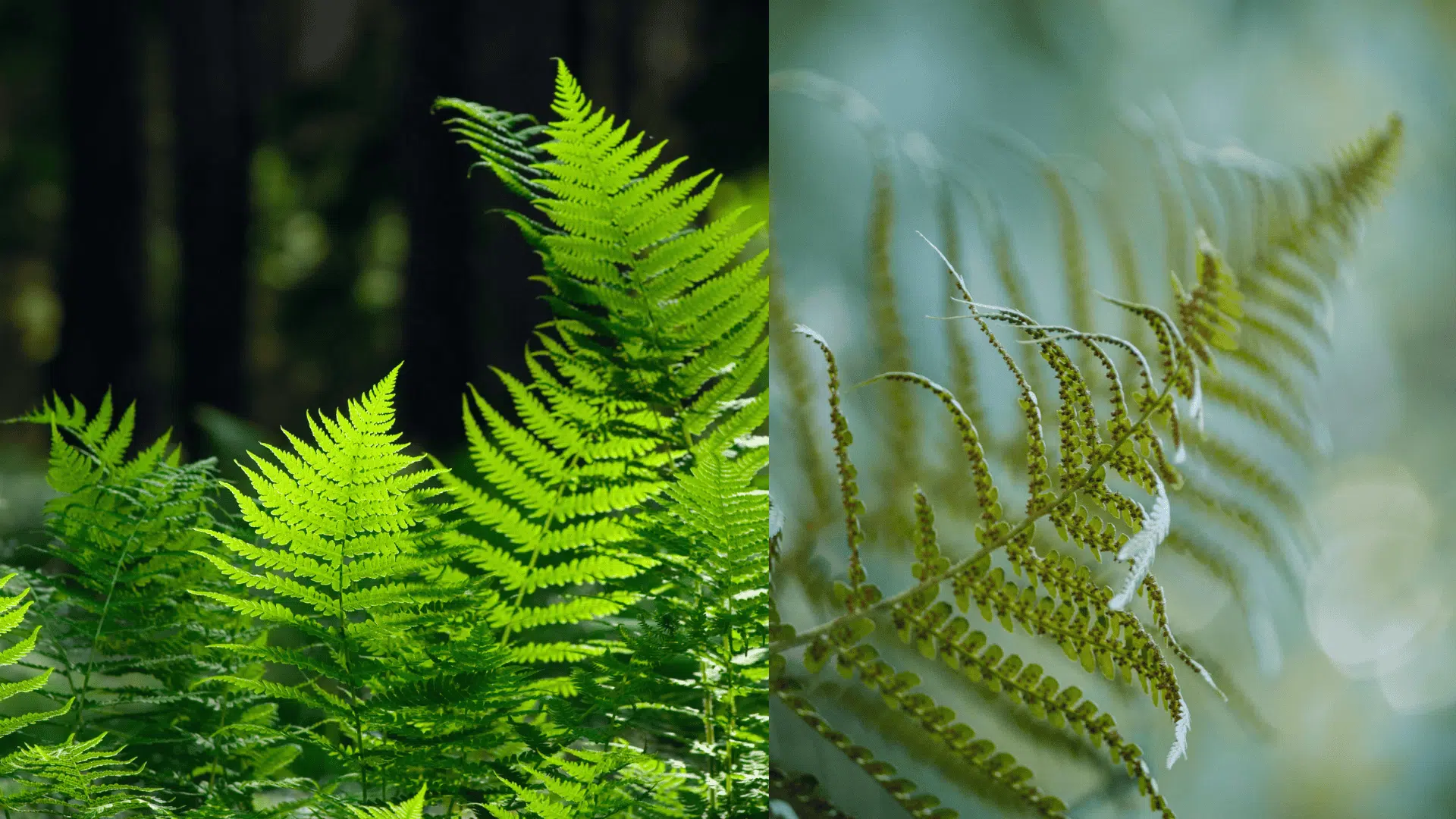
Shade-tolerant ferns thrive under the canopy of mature blueberry bushes.
They help conserve soil moisture by reducing evaporation and add organic matter as their fronds decompose.
As your blueberry bushes grow taller and create shade underneath, ferns fill that space beautifully without competing for resources.
| Quick Facts About Ferns |
| USDA Zones: 3-9 |
| Light: Partial to full shade |
| Best For: Moisture conservation under blueberry canopy |
6. Lemon Balm
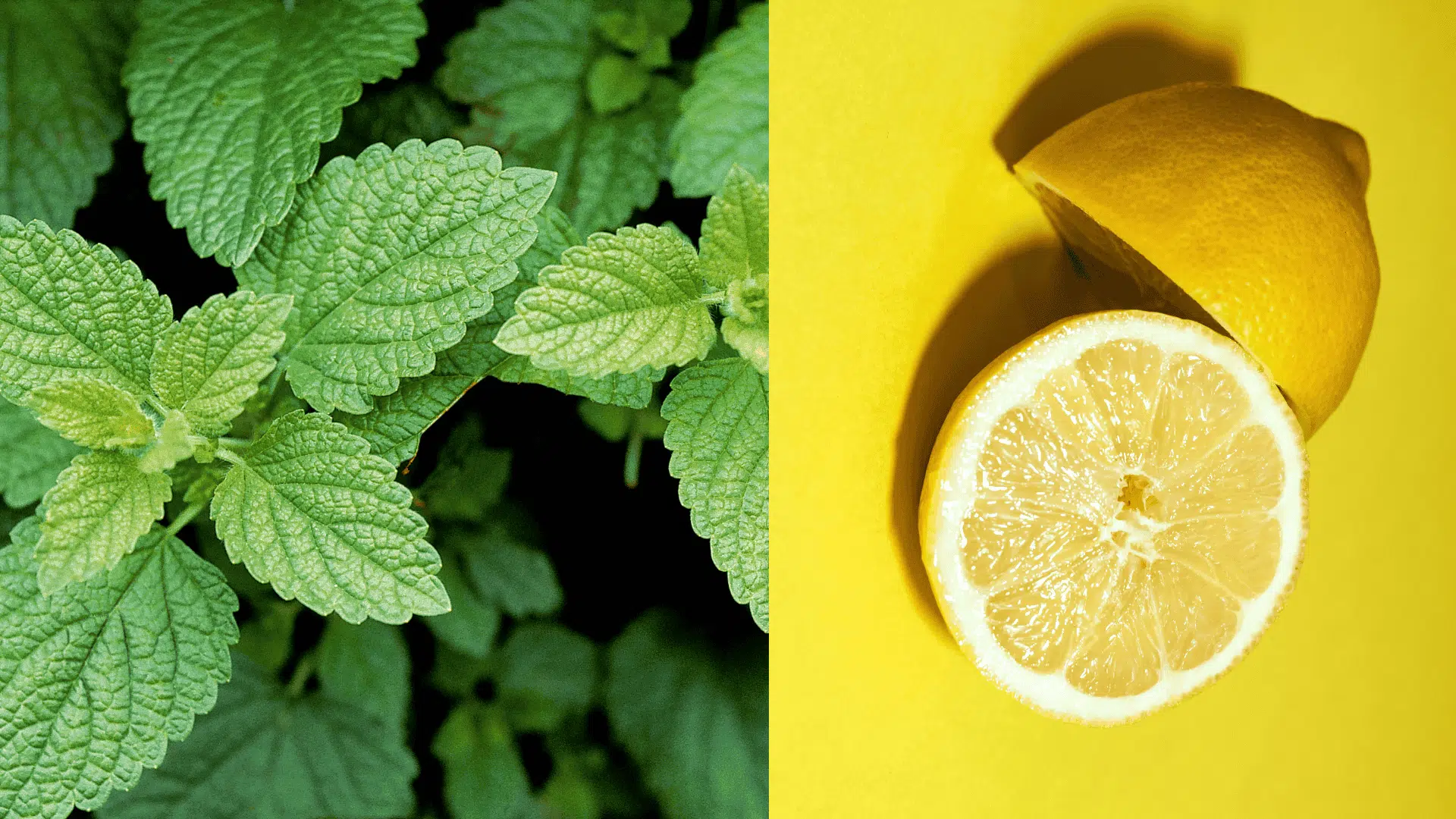
This lemon-scented member of the mint family attracts bees and other pollinators crucial for blueberry fruit set.
Like mint, lemon balm can spread quickly, so containment strategies help prevent it from overtaking your garden space.
| Quick Facts About Lemon Balm |
| USDA Zones: 4-9 |
| Light: Full sun to partial shade |
| Best For: Pollinator attraction |
7. Strawberries
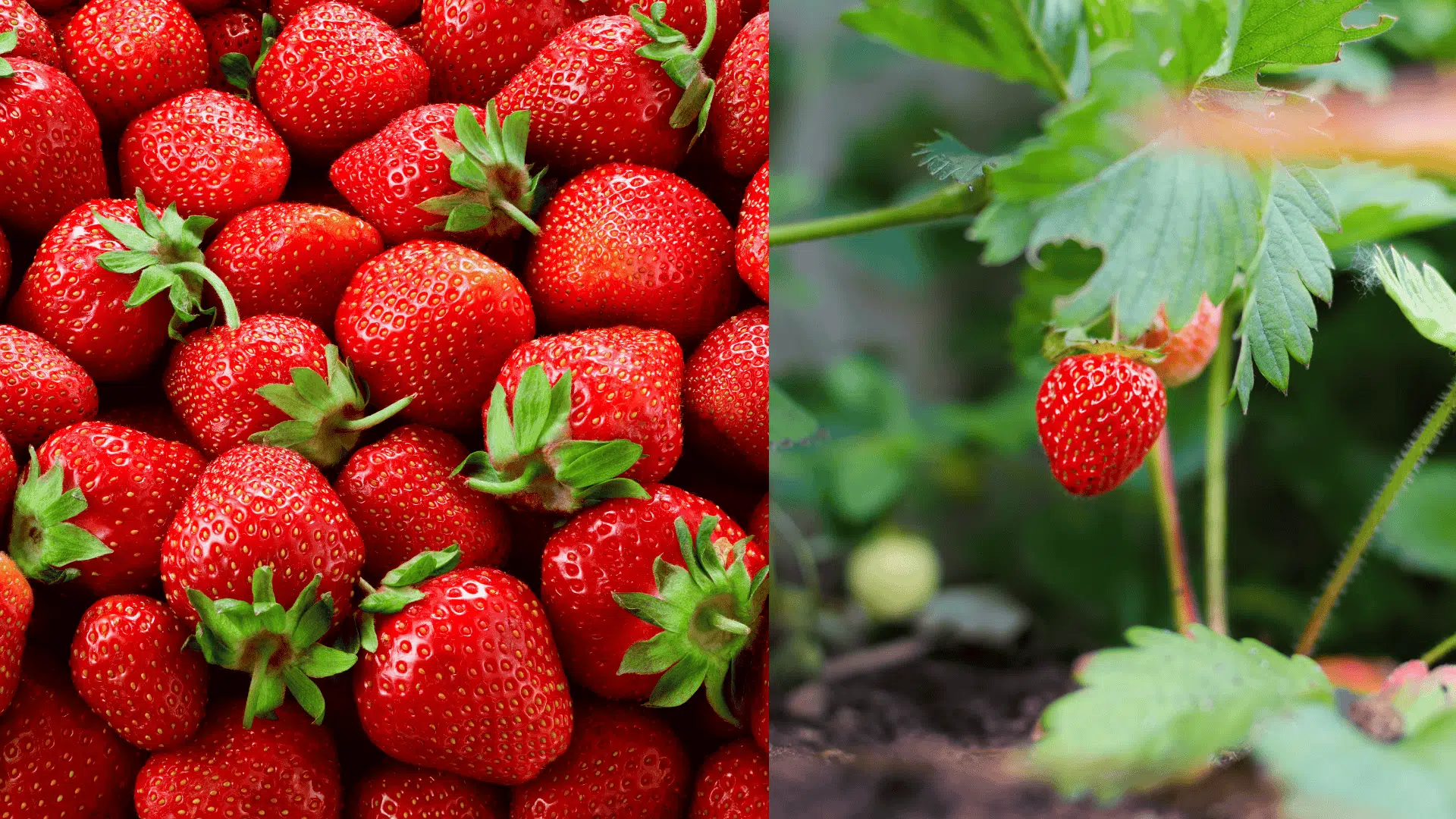
Strawberries create excellent ground cover without competing for nutrients at the same soil depth as blueberries.
Their shallow root systems occupy different growing zones, making them compatible companions.
Both produce delicious berries for fresh eating or preserving.
| Quick Facts About Strawberries |
| USDA Zones: 3-10 |
| Light: Full sun |
| Best For: Ground cover and dual berry harvest |
8. Onions and Other Alliums
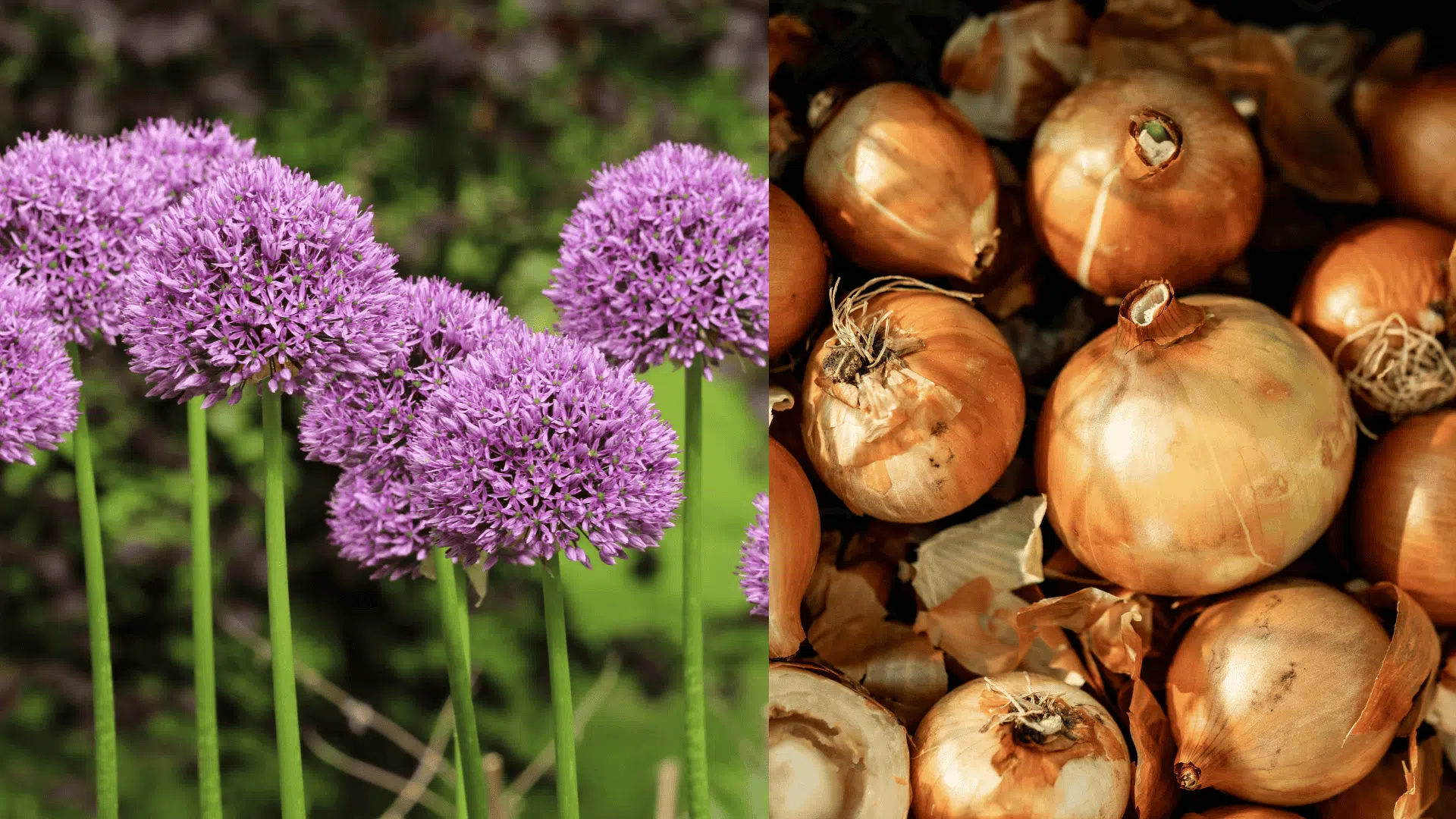
The pungent aroma of onions, garlic, and chives helps repel aphids, beetles, and other common garden pests.
Alliums grow vertically and take up minimal ground space, making them easy to tuck around blueberry plants without crowding.
| Quick Facts About Lemon Balm |
| USDA Zones: 3-9 |
| Light: Full sun |
| Best For: Pest repellent through strong scent |
9. Heather
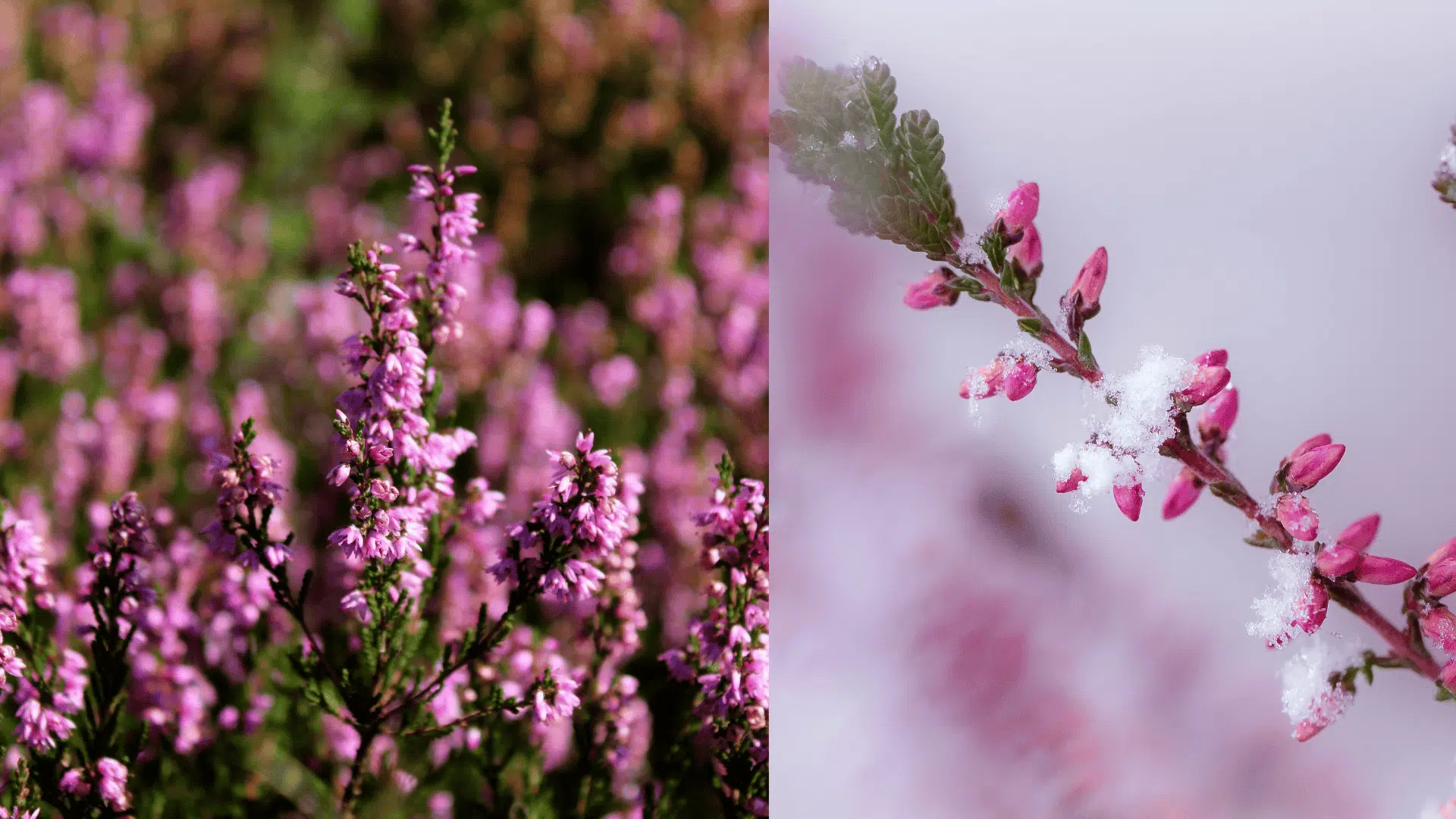
Heather thrives in the same acidic soil conditions that blueberries require.
This low-growing ornamental plant provides year-round interest with its colorful foliage and flowers.
The two plants create an attractive landscape combination while supporting each other’s growth.
| Quick Facts About Heather |
| USDA Zones: 4-7 |
| Light: Full sun |
| Best For: Acid-loving ornamental ground cover |
10. Basil
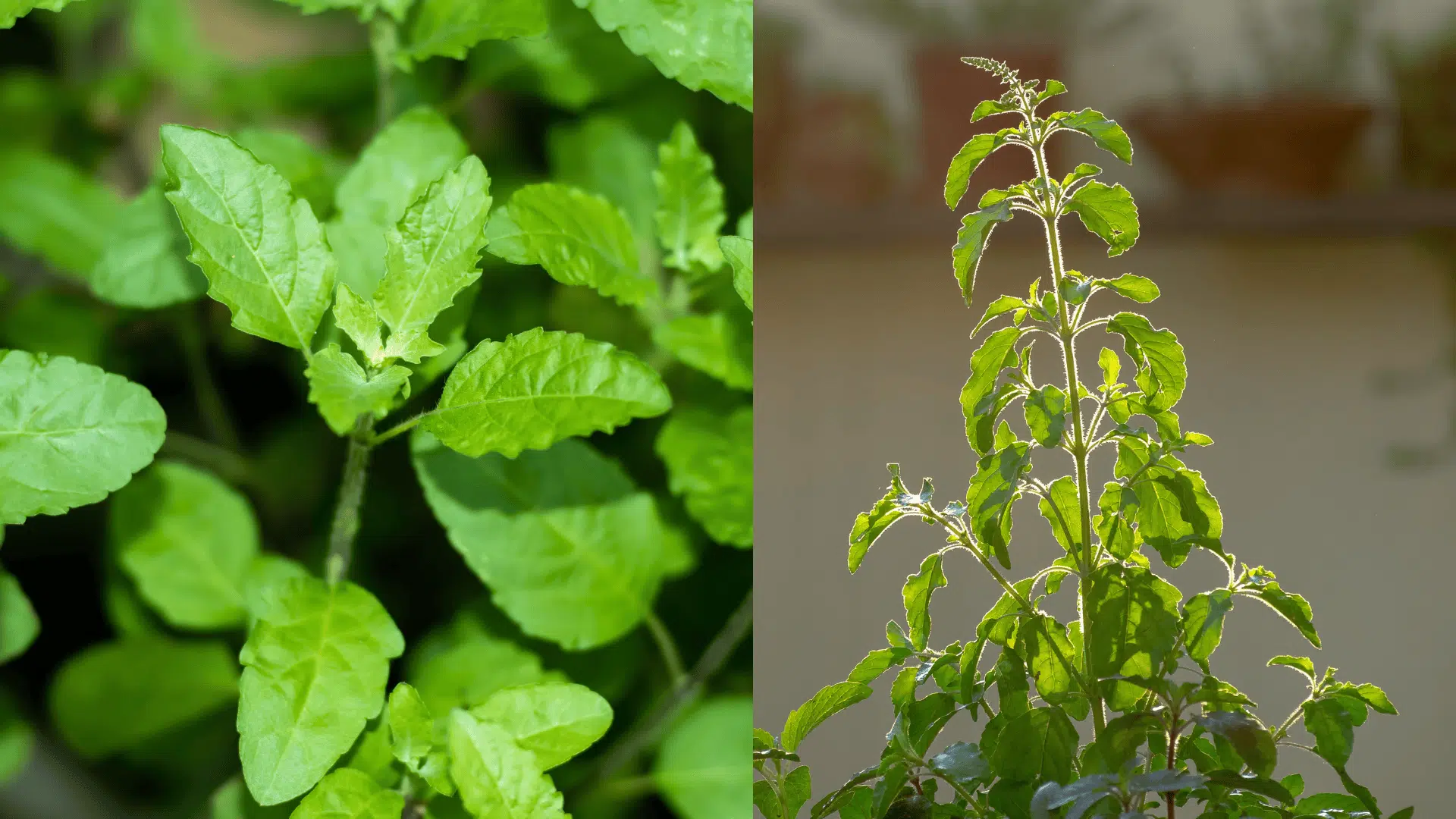
Basil offers mild pest-repelling properties and grows well near blueberries during the warm growing season.
This culinary herb prefers slightly different soil conditions but adapts reasonably well when planted near the edge of blueberry beds.
While basil likes neutral to slightly acidic soil, it can handle the more acidic environment when you amend the planting area with compost.
| Quick Facts About Basil |
| USDA Zones: 10-11 (grow as annual elsewhere) |
| Light: Full sun |
| Best For: Pest deterrent and culinary use |
11. Creeping Thyme
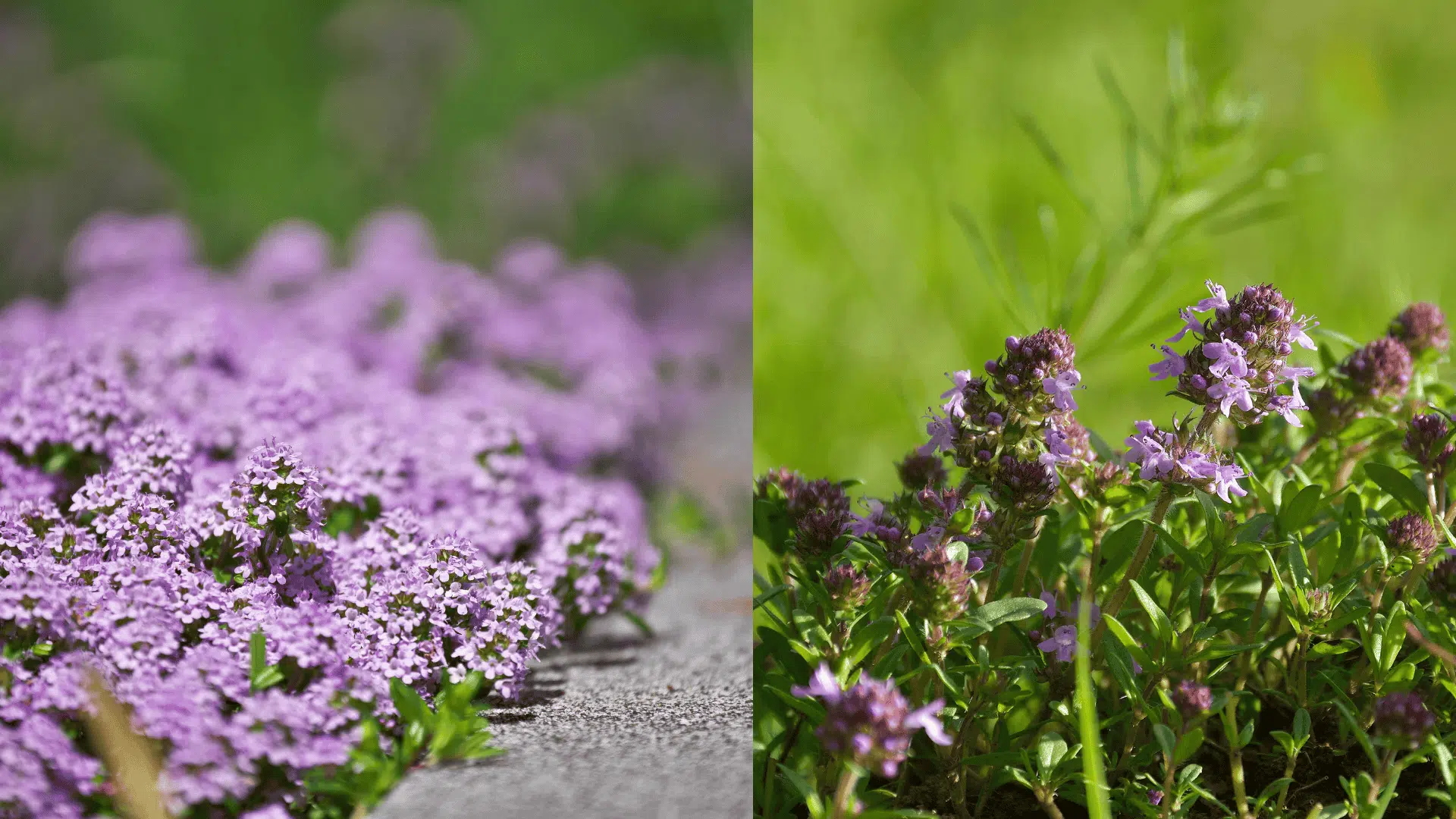
Thyme varieties that grow low to the ground provide excellent living mulch around blueberry plants.
They help suppress weeds, retain moisture, and attract numerous pollinators.
Creeping thyme tolerates foot traffic well, making it practical for paths between blueberry rows.
| Quick Facts About Creeping Thyme |
| USDA Zones: 4-9 |
| Light: Full sun |
| Best For: Living mulch and pollinator attraction |
12. Crimson or White Clover
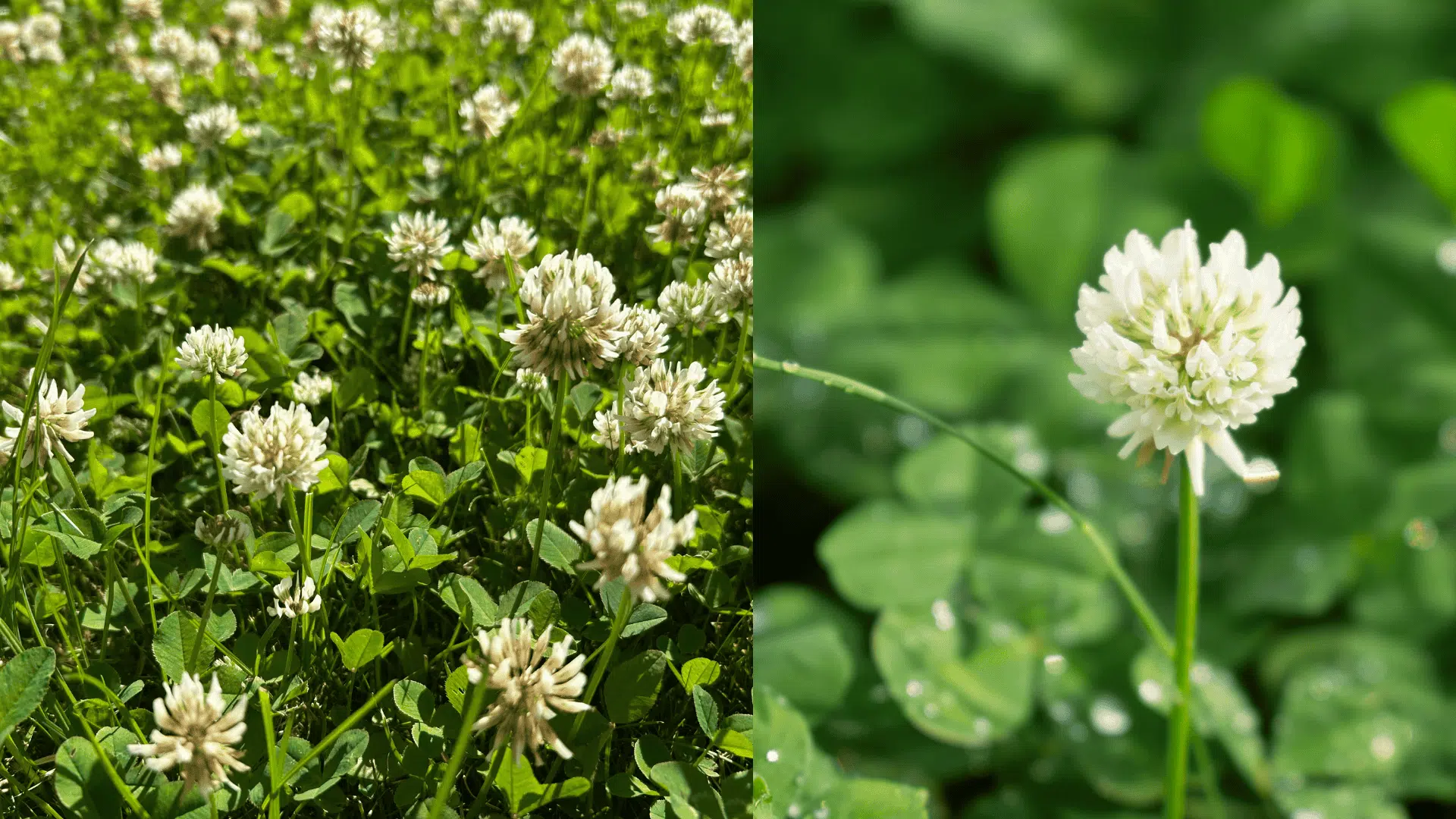
Clover fixes nitrogen from the atmosphere and adds it to the soil, improving fertility naturally.
This ground cover prevents erosion, suppresses weeds, and attracts beneficial insects.
Both crimson and white clover work well, though they have slightly different characteristics.
Crimson clover is an annual with showy red blooms in spring, while white clover is perennial and stays lower to the ground.
| Quick Facts About Crimson |
| USDA Zones: 3-10 |
| Light: Full sun to partial shade |
| Best For: Nitrogen-fixing and natural fertilization |
13. Azalea and Rhododendron
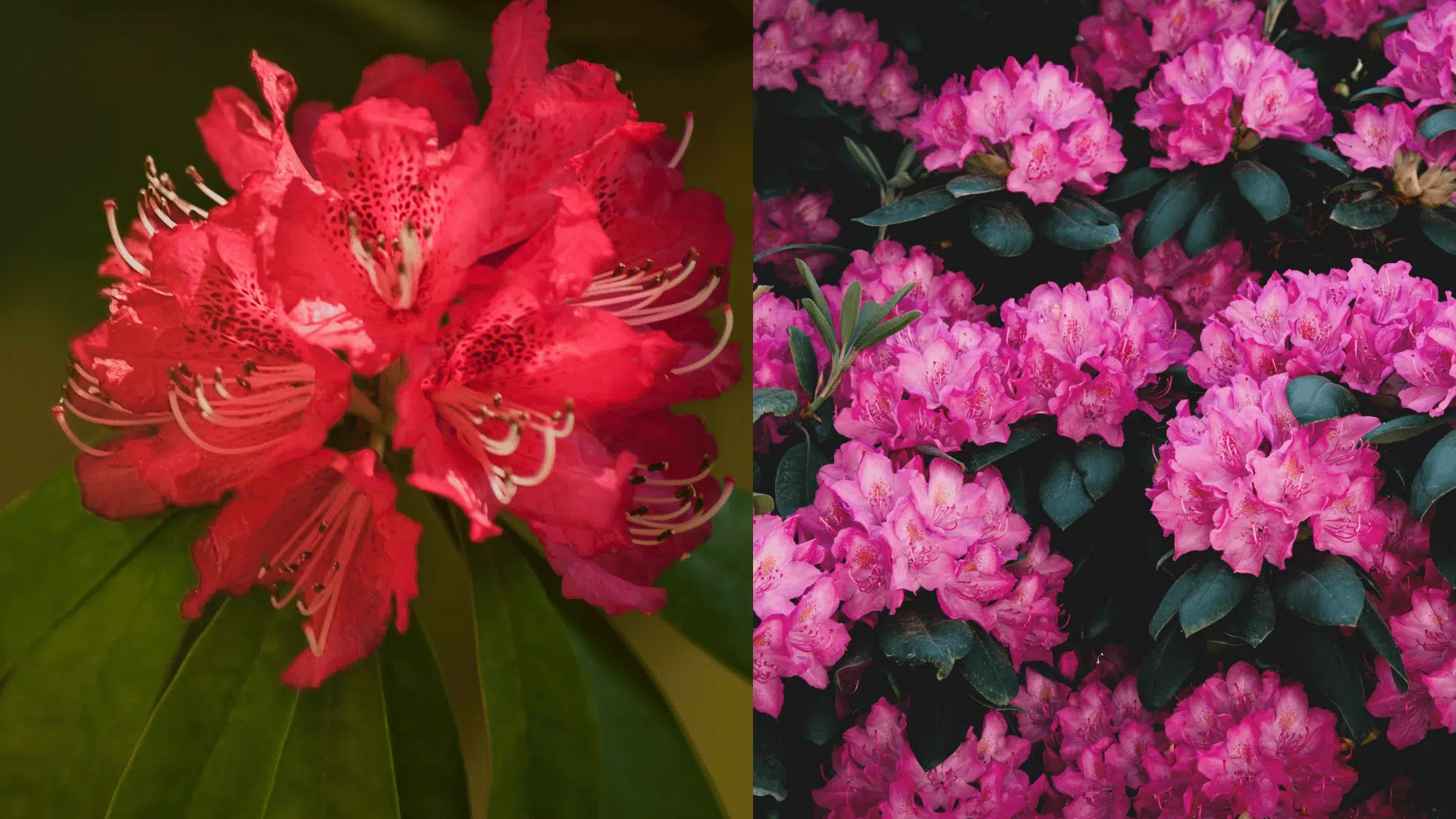
These acid-loving shrubs make beautiful companions for blueberries in ornamental landscapes.
They share similar soil requirements and create striking displays when their flowers bloom in spring.
The combination works particularly well in woodland-style gardens.
| Quick Facts About Azalea |
| USDA Zones: 4-9 |
| Light: Partial shade to full sun |
| Best For: Acid-loving ornamental backdrop |
14. Marigolds
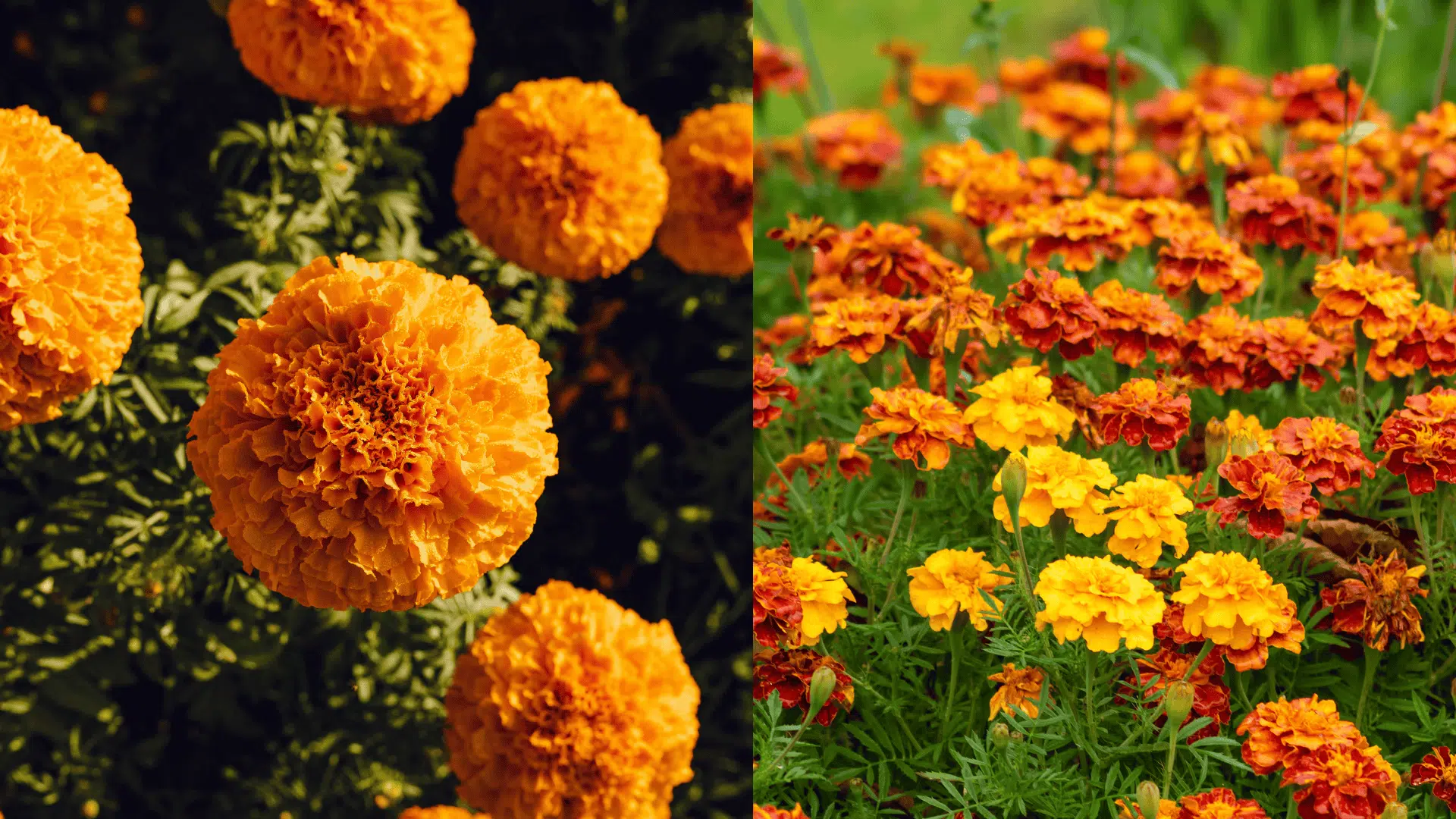
Marigolds help control harmful nematodes and other soil pests while attracting pollinators.
Their bright flowers add color to the garden and can be planted as annual companions that you rotate each season for continued pest management benefits.
French marigolds work best for pest control.
| Quick Facts About Marigolds |
| USDA Zones: 2-11 (annual) |
| Light: Full sun |
| Best For: Nematode control and soil pest management |
15. Native Wildflowers
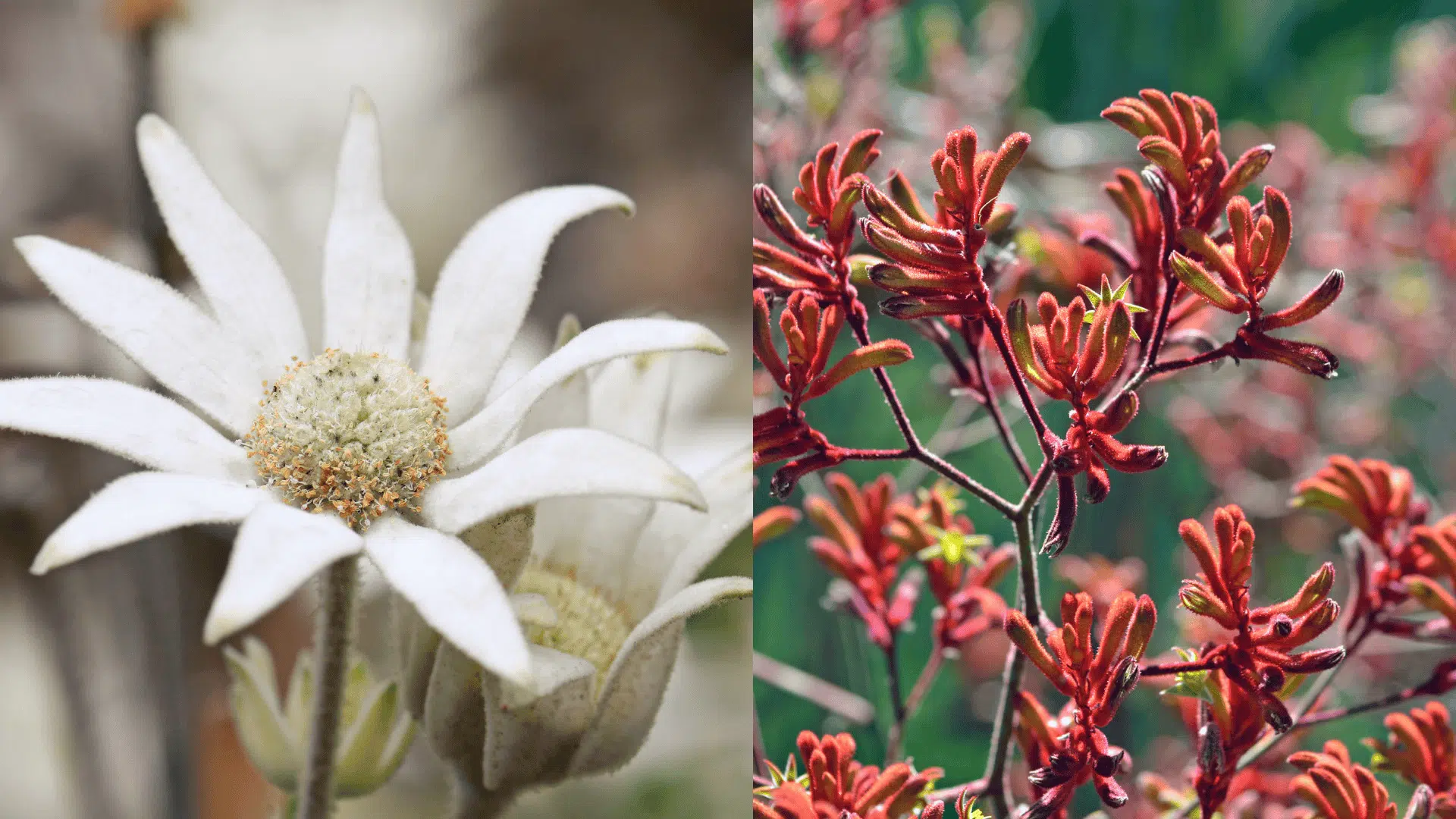
Regional wildflowers like Virginia Bluebells, Redbuds, and other native species provide crucial early-season pollination support.
They bloom when blueberries flower, ensuring adequate pollinator activity during this critical period.
Native plants also require less maintenance and support local ecosystems.
| Quick Facts About Native Wildflowers |
| USDA Zones: Varies by species (3-9 typical) |
| Light: Full sun to partial shade |
| Best For: Early-season pollination support |
Worst Plants for Blueberries (Avoid These)
Not all plants make good neighbors for blueberries.
Several common garden vegetables and fruits should be kept away from your blueberry patch:
1. Tomatoes: Compete heavily for nutrients and prefer neutral to slightly alkaline soil, the opposite of what blueberries need.
2. Peppers: They have similar soil preferences to tomatoes and can harbor pests that may spread to blueberries.
3. Brassicas: Broccoli, cauliflower, cabbage, and Brussels sprouts need neutral to alkaline soil and develop clubroot disease in acidic conditions. They also attract cabbage worms.
4. Cucumbers: They require soil and heavy feeding, making them incompatible with the growing conditions blueberries prefer.
5. Melons: Need neutral to alkaline soil, which conflicts with blueberry requirements. Their heavy water and nutrient demands deplete resources that blueberries need.
6. Grasses: Spread aggressively and compete for water and nutrients. Their root systems can overtake shallow blueberry roots.
Key Benefits of Companion Planting with Blueberries
Strategic companion planting creates multiple advantages for your blueberry patch:
| Benefit | How It Helps Your Blueberries |
|---|---|
| Improved Soil Conditions | Plants like clover add nitrogen naturally, while others help maintain the acidic pH blueberries require. |
| Better Pollination | Flowering companions attract bees, butterflies, and other pollinators to your garden. |
| Natural Pest Management | Aromatic herbs and flowers confuse or repel common pests, reducing the need for chemical interventions. |
| Moisture Conservation | Ground cover plants act as living mulch, reducing water evaporation from the soil surface. |
| Ecosystem Balance | A diverse planting creates a resilient garden where plants support each other through various relationships. |
Conclusion
You now have various smart options for creating a healthier blueberry garden.
From nitrogen-fixing clover to pest-repelling herbs and pollinator magnets like borage, each plant serves a real purpose.
They solve real problems like poor pollination, pests, and dry soil while cutting down your maintenance time.
Start with two or three blueberry companion plants that address your biggest challenge, then add more as you see results.
Which companion plant are you most excited to try?
Share your choice in the comments below.
Frequently Asked Questions
How to Make Soil Acidic for Blueberries?
Mix elemental sulfur, pine needles, or peat moss into the soil. Regularly test pH, aiming for 4.5–5.5, which is ideal for blueberries.
Are Coffee Grounds Good for Blueberry Plants?
Yes, coffee grounds help slightly acidify soil and add organic matter. Use them in moderation, mixing into mulch or compost to avoid over-acidification.
Is Vinegar Good for Blueberry Plants?
Diluted vinegar can temporarily lower soil pH, but it’s not a long-term solution. Use cautiously, as excessive amounts may harm roots and beneficial microbes.

